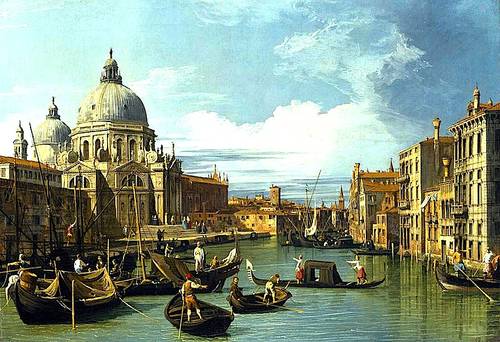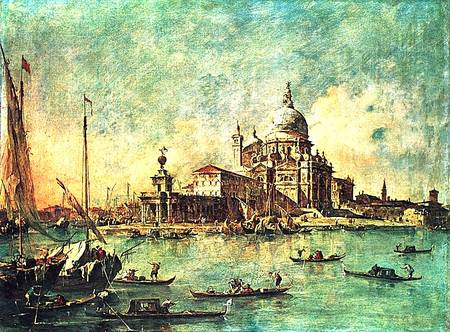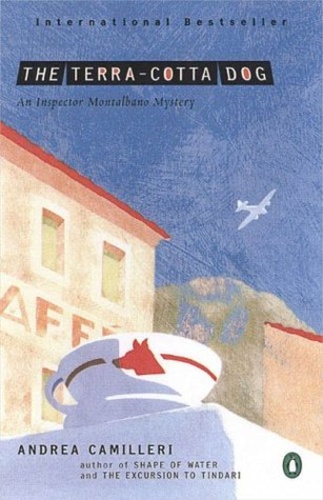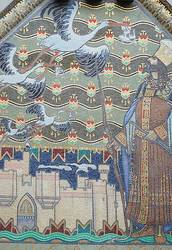After some three years of closure for restoration and rearrangement, the exquisite little room known as the Tribuna in the Uffizi was reopened this summer. Alta Macadam (author of Blue Guide Florence) paid a visit.
The Tribuna was built in 1581 by the architect and theatrical designer Bernardo Buontalenti, as a place for Grand Duke Francesco I to display his treasures. Octagonal in shape, it has a dome crowned with a lantern and is lit by windows on the upper walls. Its chief glory is the precious mother-of-pearl decoration against a bright blue ground on the drum of the dome, and the dome itself covered with 6000 shells against a crimson background, all of which have been spectacularly restored on this occasion. The magnificent polychrome marble floor also survives intact. On the walls, the precious red velvet, above a richly painted frieze, has been renewed.
Since 1677 this room has displayed the most famous Classical sculptures from the Medici collections including the Medici Venus (recorded as one of the great sights of Florence during the days of the Grand Tour), the Knife-grinder and the two-figure group of the Wrestlers. These have now all been cleaned, and more delightful marble Roman sculptures have been added (including a sleeping Cupid, a Child with a duck, and various putti and amorini) which are displayed round the walls on low gilded stools. The magnificent 17th-century octagonal table in pietre dure (matching the shape of the room) remains in the centre, as does the ebony cabinet of the same date.
It has been decided, however, that visitors may only view the Tribuna from its three entrances and for this reason the famous paintings which used to hang on the walls have been removed and replaced by other less important works (all of which are nevertheless known to have been displayed here at one time or another since the 16th century). Although it is disappointing that one can no longer enter the room, the visitor’s attention is immediately drawn to the architecture and its exquisite decorations, as well as the masterpieces of ancient sculpture (today rather out of vogue and often overlooked by modern visitors in favour of paintings). A further justification for the re-hanging of the paintings is that we know from past inventories that the arrangement of the room has undergone numerous changes in the past, particularly in the 18th century, and again in 1926 and 1970. The present works date mostly from the 16th and 17th centuries, and tapestries have been hung above the doors, to add to the atmosphere of magnificence.
The adjoining Stanzino delle Matematiche (so called because it was here that the Medici used to keep some of their scientific instruments) has now been opened and renovated with its emerald green walls and grotteschi on the ceiling. Charmingly displayed in little niches are small bronzes, miniature busts, and marble statuettes dating from the antique Roman period right up to the 18th century.
It is a great shame that there is no publication yet on the renovated Tribuna, and the explanatory panels have been kept to a minimum so that the hurried visitor may perhaps neglect this lovely room, now in its full glory, and which for centuries was considered the most important place in the entire gallery.
The restoration was financed by Friends of Florence, a non-profit international foundation founded in 1998 (most of the donors reside in the US).
(The famous works displayed here up until a few years ago, notably the court portraits by Bronzino, as well as works by Andrea del Sarto and Pontormo, can now be seen in recently opened rooms on the piano nobile of the Uffizi).










